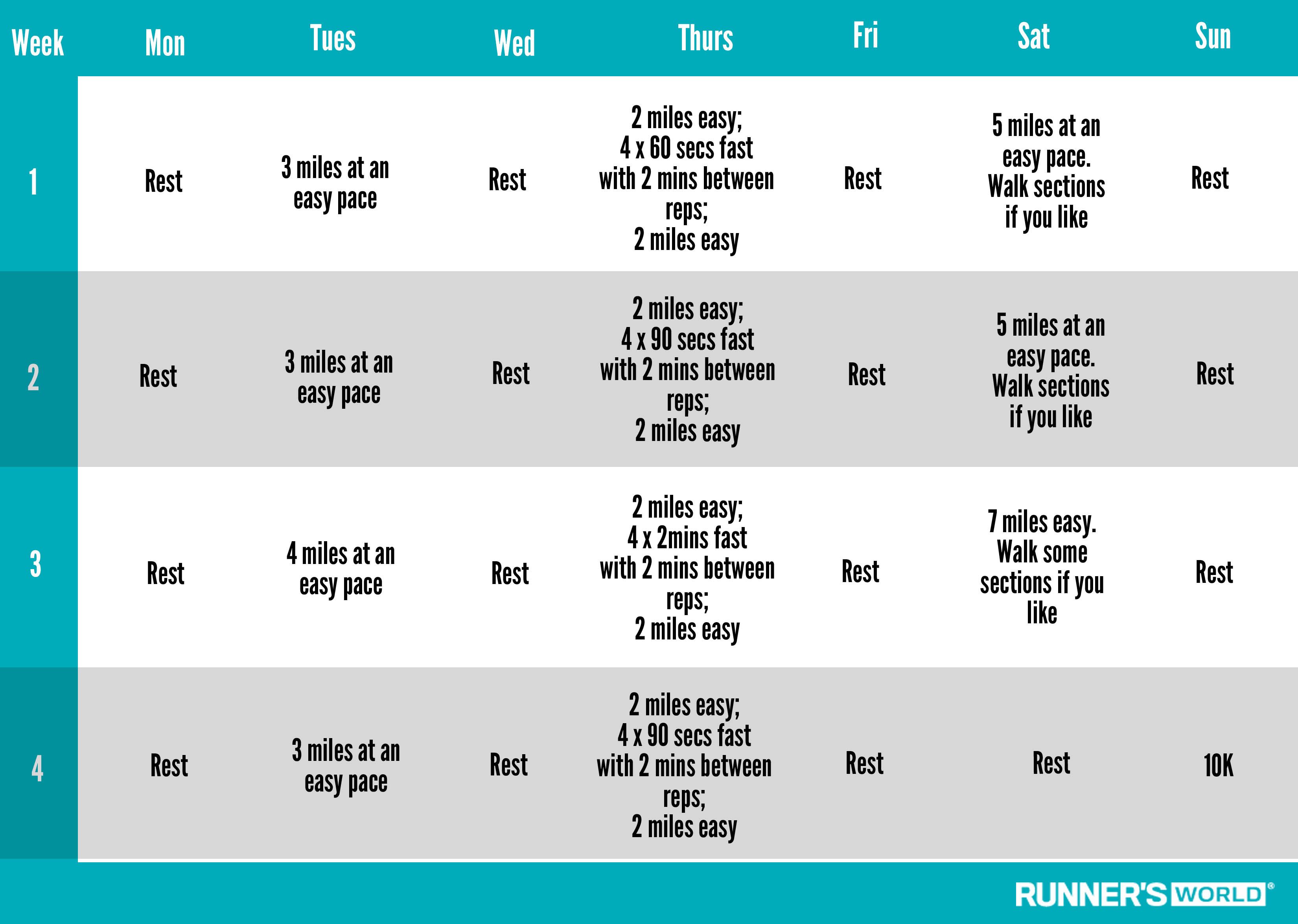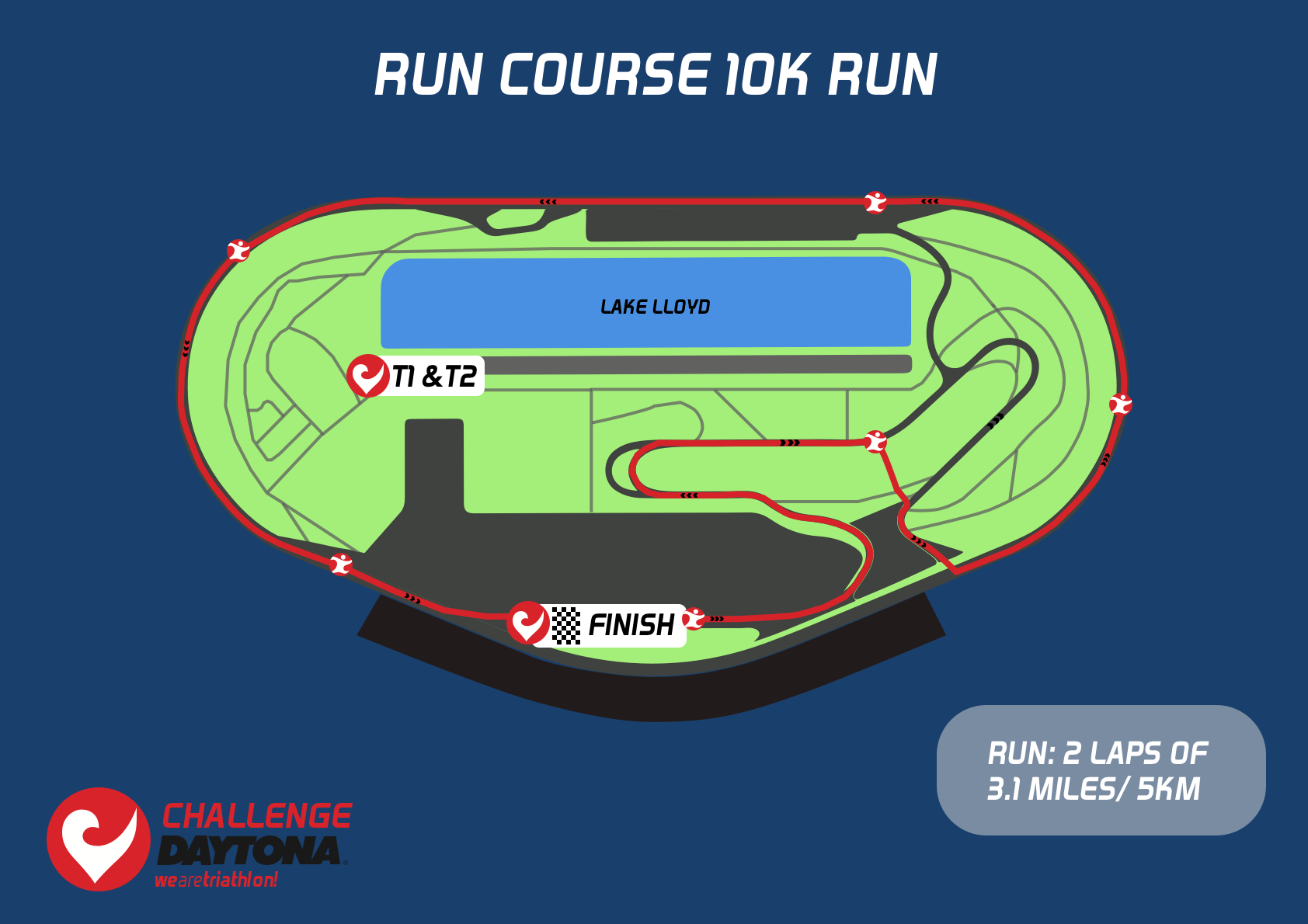


Regular runners can use the fortnight to fine-tune their existing fitness and practice running at 10K pace. If you’re a relatively new runner, it should allow you to learn to run with a degree of efficiency and economy. Two weeks put you in a sort of no man’s land – you can’t improve a great deal in such a short time, but you can do some useful sessions to prepare for the race. We’ve broken our training plans down into time before the event, and runs per week to help you find the best schedule for you. So, if you can 20 minutes for 5K and want to run 40 minutes for 10K, you might fall short, but it won't be by too much.’

But if you're training for a 5K, specifically, I think there's a good chance you're probably doing enough. And then 5K’s actually racing over distance to what you train – then it might get a bit difficult. 'But I think where it gets tricky is if you’re effectively training under distance. ‘I think you can make pretty good assumptions about what you can run for a 10K, when you’re running certain things for a 5K,' says Thompson. Then, as you hone in on race day, you focus more and more on specific 10K work.’ Can I predict my 10K time based off my parkrun time? So in terms of 10K training, I’d try to dedicate an equal amount of effort each week to training like I’m running a half-marathon, training like I’m running a 5K and training like I’m running a 10K.

Take a cross-section of any 10K field and you’ll find a variety of different runners – some tackling it as their first run beyond five miles, others using it to stretch out their legs in company, while some will make it the focus of their whole season. To say it’s a versatile distance is an under-statement. It’s no surprise, then, that 10K is by far the country’s most popular type of race. Is there a better racing distance than 10k? The sweet spot between speed and endurance, it presents a challenge to any runner – whether you're gunning for a PB or simply trying to complete the distance.


 0 kommentar(er)
0 kommentar(er)
